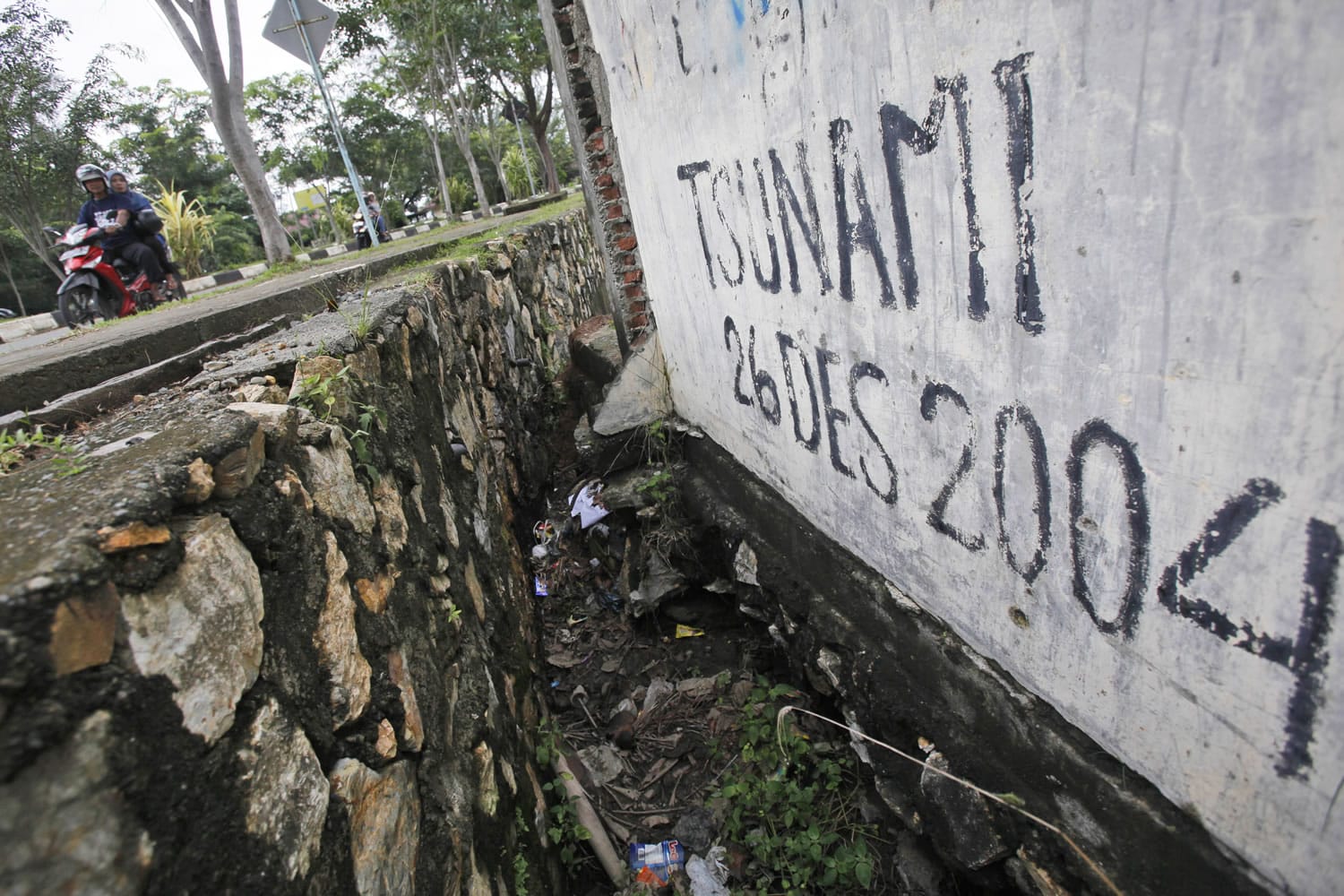PERELIYA, Sri Lanka — A packed train in Sri Lanka that was swept off its tracks by waves as big as elephants. A boat patrolling off Thailand’s shore hurled 2 kilometers (more than a mile) inland. Streets in Indonesia turned into roaring rivers that carried people to their deaths.
Vivid memories such as these were recalled Friday during emotional 10th anniversary commemorations of the Indian Ocean tsunami that left nearly a quarter million people dead in one of modern history’s worst natural disasters.
The Dec. 26, 2004, tsunami was triggered by a magnitude-9.1 earthquake — the region’s most powerful in 40 years — that tore open the seabed off of Indonesia’s Sumatran coast, displacing billions of tons of water and sending waves roaring across the Indian Ocean at jetliner speeds as far away as East Africa.
Crying onlookers took part in beach-side memorials and religious services across Asia on Friday, while some European countries also marked the occasion to remember the thousands of Christmas holiday tourists who died in the disaster.



